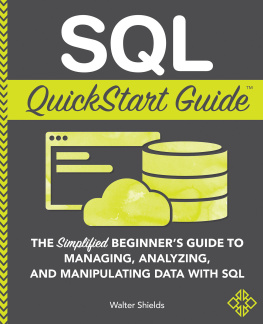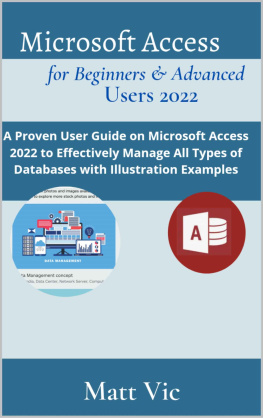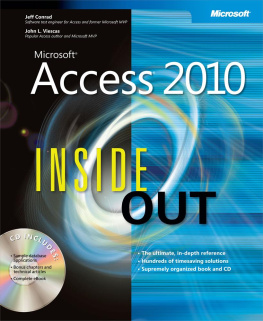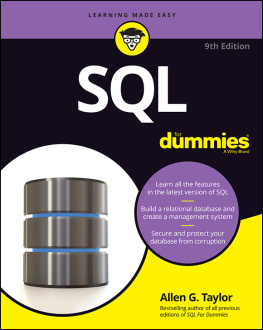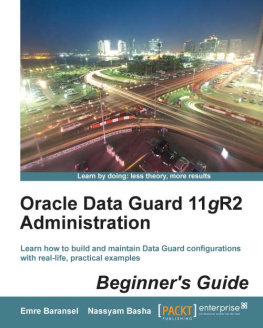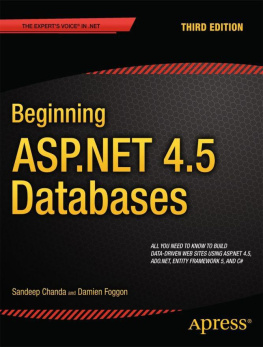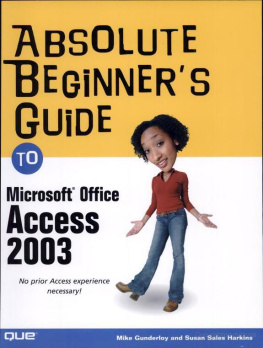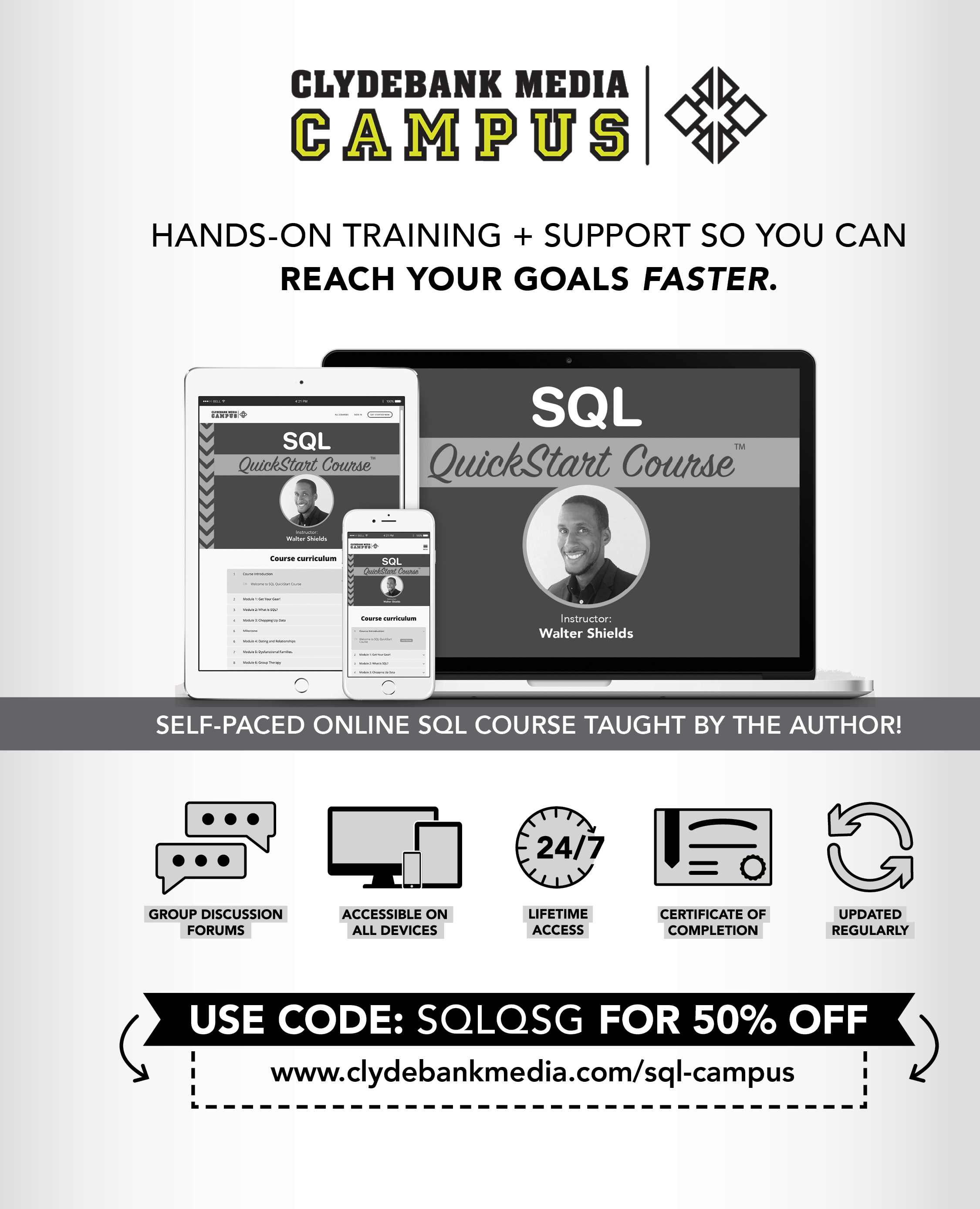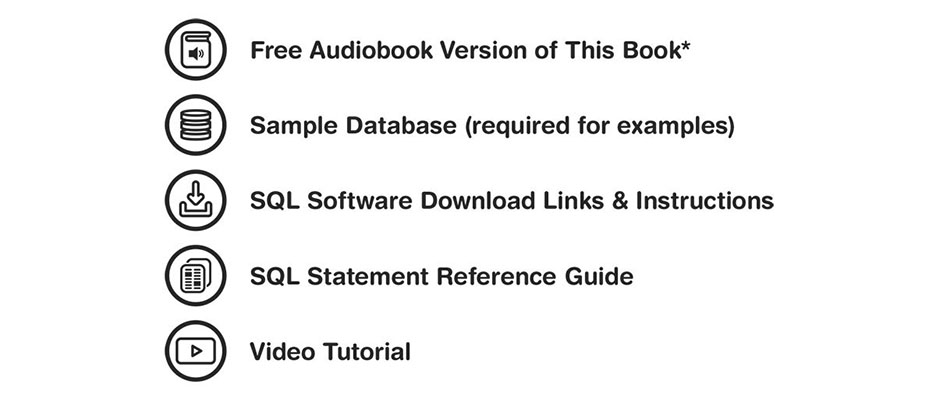* Must be a first time Audible user in the United States, United Kingdom, France or Germany. Audible membership is $14.95/month after the first 30 days. Easily cancel anytime.
Introduction
With each passing dayreally with each passing secondgreater and greater quantities of data are collected. In the time it takes you to finish this sentence, over 500,000 Google search queries will be submitted. Our capacity to store data continues to grow. Meanwhile, smartphones and social media have turned everyday individuals across the globe into a rapidly (exponentially) growing army of data generators, constantly creating new records that reveal our current interests, activities, thoughts, and feelings. Businesses and government agencies of all kinds are accepting the reality that maximum efficiency and maximum profitability cannot be achieved without harnessing the power of data.

See references in the back of the book
While the volume of data being generated is astounding in its own right, what is truly mind-boggling is that we have only just begun to make use of it all. Only half of a percent of all data collected is ever analyzed. If individuals, businesses, governments, and other organizations were able to make better use of collected data, then the potential upside would be limitless. Profits and efficiency could be increased, marketers could gain more powerful insight into target audiences, and more fraud and crime could be preventedand that is just the beginning. The shortfall in data analysis contributes to an incredible demand for skilled data-handling professionals. This is where you come in.
You are presumably reading this book because you want to learn SQL (structured query language). You have been perceptive enough to notice the ever-expanding role of data in the world, and you are putting yourself in a position to make the most of ita very wise decision. Some of you may be studying SQL in a classroom environment, at either the high school or college level. Or perhaps you are a business or government professional looking to develop the skills necessary to carry you forward in your career. Whatever the case may be, this books straightforward approach to SQL will prove an invaluable resource.
SQL (properly pronounced ess-cue-ell, though sequel is commonly heard) is the translation tool that allows everyday individuals, even those without coding experience, to communicate with a database and turn big data into information they can use to make decisions that affect their business for the better. I have been working with SQL and other forms of big data management for eighteen years, but I can still remember what it was like to be a beginner. It took me a while to warm up to data management. When I first learned how to use Microsoft Access, data management was just another node in the IT field, without the hype that surrounds it in the present day. The quantity of data generated was relatively minuscule in light of todays information overload. Today, every search query made on Google, every post shared on Facebook, and every five-star review in every product category on Amazon is ultimately stored on a server somewhere and is subject to being queried. SQL is the principal analytical tool used to decipher big data, hence the extraordinary demand for individuals trained in the language. The language of data is a language that every modern tech-oriented company speaks to some degree. This book will get you fluent in the language of data.
My Story
My personal road to mastery of SQL began in the late nineties. At the time, opportunities to learn SQL in a formal, institutional setting were quite scarce, as the phenomenon of big data had not come to maturity. In lieu of any real scholastic alternative, I matriculated into the school of hard knocksI learned SQL by trial and error, mostly error. Even after acquiring a bachelors degree in computer science and a masters in management information systems, I did not feel that a formal, academic, and sometimes overly theoretical approach to learning was the best pathway to success in the field of data sciencea belief I would confirm after working for over eighteen years in a variety of roles using SQL (as well as other programming languages) to manage data systems across several sectors, from startups to Fortune 500 companies, from law to healthcare to big box retail.
If I have learned anything from both my academic and professional wanderings, it is this: there is a much more practical approach to becoming an invaluable resource in your existing or new career in the world of big data. It does not have to be as difficult for you as it was for me. In fact, it was my desire to distill all the lessons I have learned into a simple, practical, hands-on approach to SQL that led me to write this book.
The enthusiasm I have for teaching is actually a product of family values. I was born in Trinidad, a country you have probably heard of but are perhaps unable to place on the map. It is a tiny dual-island country, known formally as Trinidad and Tobago, located at the northern end of the South American continent and the southern end of the Caribbean Sea. Though the Caribbean may be known for cruises, carnivals, soca, and reggae music, life was not all beaches and coconuts.
My mother was both a literature teacher and a high school principal. When she wasnt at school, she was at home giving piano lessons. She was always sharing ideas, always teaching, and never lacking for students. She considered it a social responsibility to pass her acquired skills and knowledge to others in the community, often working long hours and giving back to those around her in any way she could. The teaching passion extends deep and wide throughout my family tree; I had an aunt, uncle, and grandfather who were all professional educators. Though I have lived in the United States for nearly twenty years, I still return to Trinidad each year to visit family and to reflect on the incredible journey that is life.
When I am not working in the field you can find me in the classroom, where I regularly host SQL and data visualization training courses for beginners and intermediate-level students. I love to codedont get me wrongbut it is in teaching, in seeing my students succeed, where I find the most joy.
Why I Wrote This Book
My objective in writing this book was to create a definitive beginners SQL toolboxthe kind of resource I wish Id had access to when I was just beginning in this field. As I learned from my formal education, a theoretical approach to technical and programming topics is not the most practical, or the most sympathetic to our busy lives and schedules. Other SQL texts spend a lot of time explaining both the history and the computer science theory behind databases and query language. This book aims to take a polite nod toward those topics, covering only what is essential for understanding how a relational database functions, and then blaze on ahead. The rest of the book is designed to equip you, the reader, with a hands-on reusable reference guide to harness big data and turn it into actionable information. The truth of the matter is that learning SQL requires a commitment to regular study and practice. The best teachers do not simply spout information at their students and hope for the best. The best teachers are those who set expectations responsibly and ensure that students adopt a resilient, can-do frame of mind. I do not want this book to center around my expertise. Instead, I want it to focus on you and your path to learning. For me it is both a pleasure and a privilege to spend my working hours venturing about in oceans of data. The next challenge lies in helping you comfortably enter these oceans without fear of drowning.

